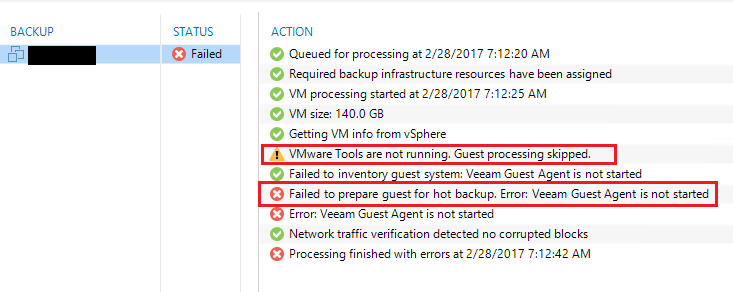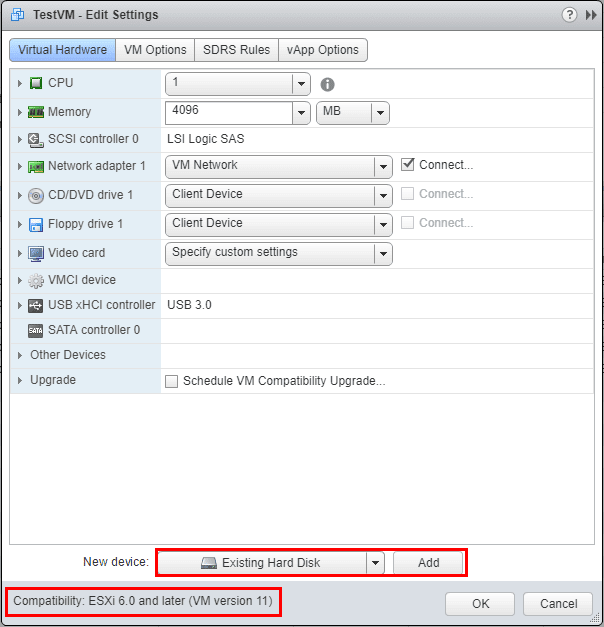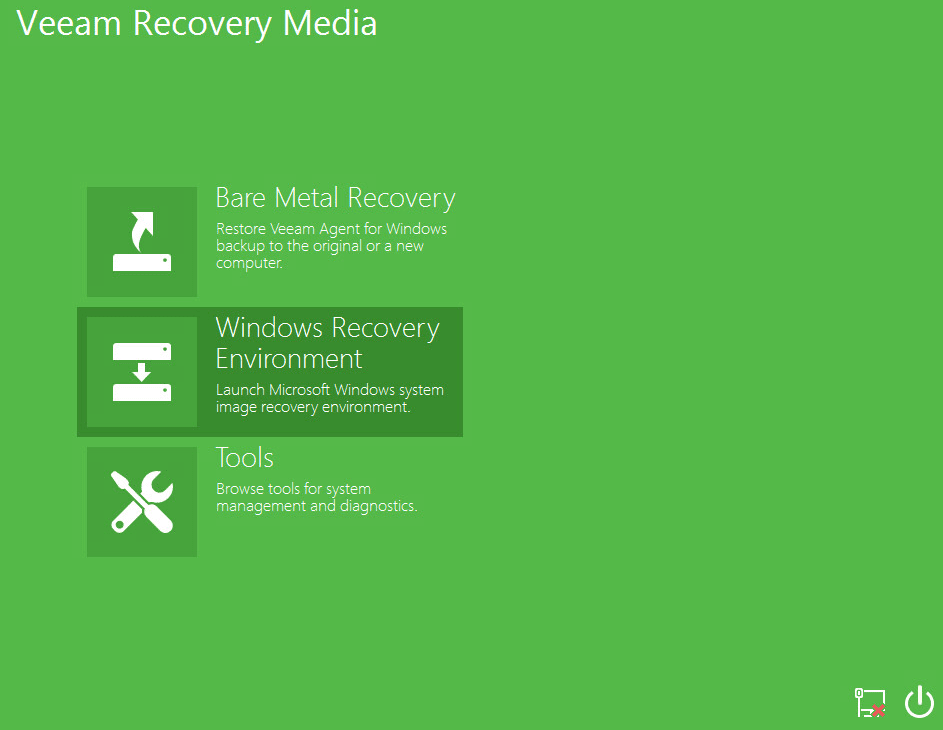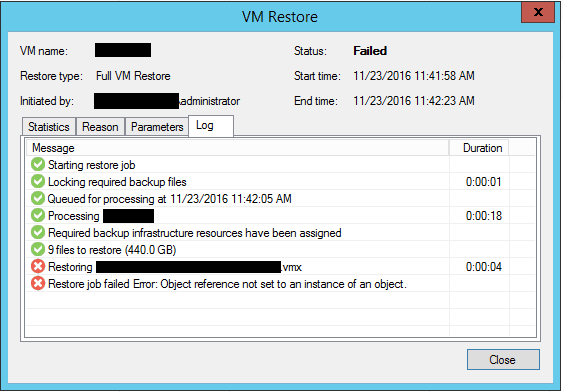World Backup Day 2022 – Backup Best Practices

What a wild last couple of years on the world scene! While many things in the world have changed over the last couple of years, there is one thing that has remained constant. That is the need to backup your business-critical data. Today, Thursday, March 31, 2022, is World Backup Day 2022. It helps to draw attention to the need and importance of configuring proper backups of business-critical data. With this post, we will take a look at backup best practices to help shed light on things organizations need to be thinking about in 2022 with backing up their critical data.
Why backups are so important?
Before we take a look at backup best practices, why are backups so important? Backups are really the core of any good disaster recovery strategy. True enterprise backups provide the means to recreate business-critical data, even if production infrastructure is destroyed for whatever reason.
Backups provide a way for businesses to recreate data affected by ransomware attacks and other malicious damage caused by insider threats. Modern backup solutions also provide a way to restore data in a granular fashion. Often, disaster recovery involves restoring select bits of data, from a database down to a single file. However, even a single file that affects a critical system is extremely important.

Modern backup solutions provide the ability to have multiple versions of production data. It means that IT administrators can pick and choose which version of data they restore. This feature is a key requirement when thinking about a ransomware attack. Backups that happened after a ransomware attack unfolded would be no good since they contain encrypted copies of files. However, with versioned backups, IT admins can select a version of the data before the attack occurred, allowing the data to be successfully restored to a pristine state.
Backups are also a key component of compliance regulations. Most regulatory compliance frameworks require organizations to have backups of critical data. It allows recreated data damaged by a ransomware attack as mentioned earlier, infrastructure failure, or allowing auditors to see a copy of certain data types at some point in the past.
Backup Best Practices
Now, in line with World Backup Day 2022, let’s talk about some backup best practices that we should all be thinking about in 2022. What backup practices do businesses need to be thinking about in 2022? Let’s talk about the following topics:
- Protect your backup infrastructure
- The 3-2-1 backup rule still applies
- Encrypt your backups
- Keep multiple versions of your backups
- Backup your cloud SaaS environments
- Use application-aware backups
- Use VM replication
- Backup physical servers and workstations
1. Protect your backup infrastructure
Today, ransomware groups are targeting the backup infrastructure and environment itself, including attempting to encrypt the backups themselves. It is extremely important for businesses to protect their backup infrastructure and environments. This protection should include segmenting the network and applying security policies in such a way that only designated administrative workstations can connect to the backup infrastructure. Use two-factor authentication on the backup servers themselves.

2. The 3-2-1 backup rule still applies
Even though we are discussing World Backup Day 2022, the 3-2-1 backup rule still applies. It is an industry-standard backup best practice recommendation that helps to protect your business-critical data. It recommends that organizations keep at least (3) copies of their data on (2) different types of media, with at least (1) copy stored offsite. It helps to ensure you don’t have all your “eggs in one basket” when it comes to business-critical data. Make sure you have your backups designed in such a way that you align the data copies accordingly.
3. Encrypt your backups
Encrypting your backups ensures no one can see the data contained in the backups themselves unless they have the decryption key. It helps to ensure that if the bad guys were to exfiltrate the physical backup files somehow, they would not be able to mount and read the backups. It provides the protection needed to ensure only those who are authorized to view backup data can read the data.
4. Keep multiple versions of your backups
Keep multiple versions of your backups. Most modern data protection solutions provide the means to protect your data using versioned backups. It means when you need to restore data, you have multiple choices in the versions of the data you can restore. It helps to ensure if your business suffers a ransomware attack or some other event that damages your data at a specific point in time, you can recover the data prior to when the data was lost, encrypted, etc.
5. Backup your cloud SaaS environments
Cloud Software-as-a-Services (SaaS) environments are extremely popular today and are continuing to gain popularity and adoption. Cloud SaaS environments like Google Workspace and Microsoft 365 provide businesses with cloud productivity services allowing businesses to provide remote workers with the productivity, collaboration, and communication tools needed to be successful working from anywhere.
As vital as these services now are to normal businesses operations for many organizations, it is imperative to back up your data stored in cloud SaaS environments. Backing up your cloud SaaS environment also provides the opportunity to have a copy of the cloud SaaS data outside the cloud SaaS environment itself.
6. Use application-aware backups
Using application-aware backups ensures data consistency. When application-aware backups are used, special application writes are used to flush all data and pending I/Os to disk to ensure the copy of the data on disk is consistent and reduces the likelihood of data corruption. This type of backup is extremely important for database servers. Use backups that provide application-aware consistency for your application platform.
7. Use VM replication
Using VM replication allows the creation of a standby environment with “warm” VMs replicated from production that can be used to take over production workloads in the event of a site failure. VM replication also counts as one of the copies of your data recommended in the 3-2-1 backup best practice rule.
8. Backup physical servers and workstations
It seems like the focus for many is on virtual environments and cloud resources. However, there is still a need to protect physical workloads and clients as well. Many businesses still have the need to run physical servers for certain workloads. Additionally, certain clients may be extremely important. Backing up your physical server and client workloads is extremely important.
Choose a modern backup solutions
One of the key elements to your overall disaster recovery strategy and capabilities is the data protection solution itself. The backup solution you choose has a direct bearing on the features and capabilities of your overall disaster recovery plan.
You certainly want to choose a capable vendor with the features and functionality that align with your business. I want to highlight the very cost-effective and capable BDRSuite solution from Vembu. BDRSuite 5.1 was released just last month and contains a number of great features. BDRSuite provides all the capabilities needed to implement a successful 3-2-1 backup architecture and protect your cloud SaaS assets also.
Note the following features found in BDRSuite 5.1:
- Hyper-V VM replication
- Instant boot live migration
- Parallel VM processing
- Rotated drives as backup repository
- Optimized backup with where-it-left-off
- GFS (Grandfather-Father-Son) retention
- Synthetic full backup
- Backup job template
- Multi-host backup support
- Application item-level recovery from web GUI
- Microsoft 365 SharePoint online backup
- Microsoft 365 Teams Backup
- Backup for Google Workspace
- Backup for AWS
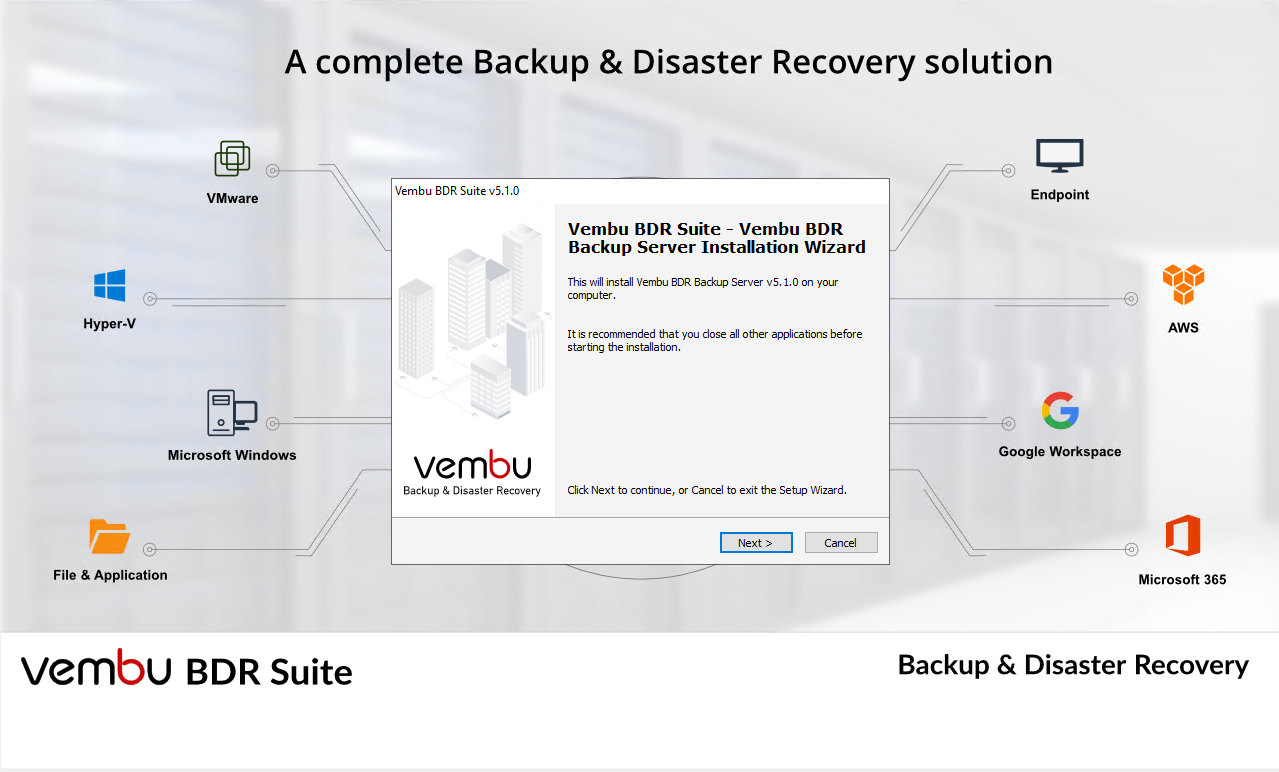
Read my posts below covering BDRSuite:
- Vembu BDRSuite v5.1 Released New Features
- Vembu Backup for Microsoft 365 Review
- Vembu BDR Suite v5.0 Released for Download – New Features
- Vembu BDR Suite Free Edition Unlimited Features 10 VMs
World Backup Day 2022 Best Practices FAQs
- Why is the 3-2-1 backup best practice recommended? The 3-2-1 backup best practice methodology helps to drastically reduce the odds of data loss. It spreads the risk across different locations and media types in such a way that it would be extremely unlikely to lose all copies of your data.
- What is BDRSuite? BDRSuite is a backup solution from Vembu that is extremely cost-effective, capable, and cloud-aware. It provides the features and capabilities required to align with the 3-2-1 backup rule and protect cloud SaaS assets.
- Is BDRSuite free? Yes, there is a free version of BDRSuite to protect 10 VMs.
- Do you need to backup your cloud SaaS environment? Despite misconceptions that cloud SaaS data cannot be lost, it is actually susceptible to many of the same data loss risks. These risks include ransomware, insider threats, accidental deletion, and infrastructure failure.
Final Notes
World Backup Day 2022 is a day helping enterprise environments worldwide to evaluate the state of their disaster recovery plans and data protection strategies. Implementing backup best practices goes a long way to protecting against data loss. In 2022, businesses need to be thinking about protecting not only on-premises assets but also cloud resources such as cloud SaaS data.





